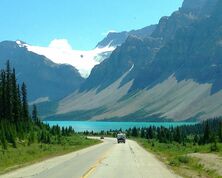
Departures: 8th Sept 2026, 7th Sept 2027
from £6,449 pp.
Book your holiday today:
Within GB: 01580 214 089 • International: +44 (0)1580 214 089
Driving in another country is always a bit of a daunting prospect. You don't know the rules, regulations or any of the road systems. This can be offputting, but if you plan on a motorhome or caravanning holiday, then driving in other countries is something you do have to get used to.
Driving in other countries doesn't need to be a difficult experience. Plan ahead and make sure you are aware of major issues. Something as simple as knowing how petrol stations work and where they are can make things easier for you.
Canada is a beautiful place, and driving in Canada can be an incredible adventure. The roads are wide, open and the scenery provides a magnificent backdrop that is ever-changing. This is a country where you can be driving through a bustling town one minute then be marvelling at the impressive rocky mountains and beautiful scenery the next.
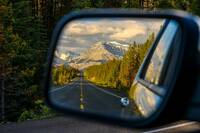
Even though driving in Canada is relatively easy to get to grips with, a little prep work before you leave home will stand you in good stead for a great road trip. Make sure you take a look at the road regulations and familiarise yourself with the signposts and rules before you go.
If in doubt, here are our tips on how to have a great trip while driving in Canada. If you need a few more, check out our driving tips page for up to date information.
Driving licence
Before you head to Canada, you will need to make sure you have everything you need. Luckily the UK driving licence is recognised. So, as long as you hold a full driving licence that has been issued in the UK, you will be fine. The rules can depend on the province or territory you are driving in, so it is worth checking locally. In addition to your driving licence, you may also need an IDP. An IDP is an International Driving Permit, and it translates your driving licence into French and English. Some car and vehicle hire companies require this, so it is worth checking before you leave if you need one.
If you do need an IDP, then you can apply for one through the Post Office. Take a look at the Post Office website for further information on which post offices can issue this paperwork and to see whether or not you need one.
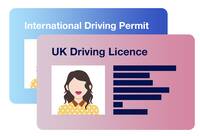
Insurance
Insurance is essential. Luckily most car and vehicle hire places will provide the insurance with the hire. Make sure you check that there is nothing you need to do before you leave home. You are likely to need to take your ID and your driving history (paper counterpart). Check with your motorhome hire before you go to make sure you have the correct paperwork ready. Luckily, our motorhome tours have vehicle and insurance included, so this is one thing already checked off your to-do list.
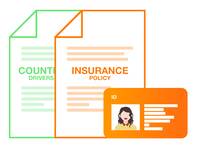
The Highway Code and driving rules
There will be a few new and different driving rules in any new country, and Canada is no different. It would be best if you familiarise yourself with the Highway Driving or Safety Code. Each area in Canada has a slightly different set of regulations, so ensure you find the road safety code for the correct region you will be travelling in.
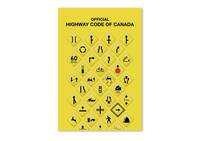
Drive on the correct side of the road
In Canada, they drive on the right side of the road rather than the left. This can take a little getting used to, but once you have got the hang of it, this will soon become second nature. It is something to be aware of when you first get into the car because it is easy to forget and drive on the left. To get the most up to date information, take a look at Canada's Motor Vehicle Safety Act website.
Speed limits
Canada has speed limits similar to many other countries, but the major difference is that their speed limits and distances are measured in kilometres rather than miles. The speedometer of your vehicle should also reflect this, so it should be easy enough to remember.
On the subject of speed limits, it is interesting to note that the roads tend to have a lot less signage than we are used to in the UK. This makes it difficult to tell the speed limit. One handy tip is always to use your satnav. Canadians tend to rely on their satnav to give them information such as the speed limits. Make sure you check for signs and use your satnav as a backup.
Seatbelts
It is a legal requirement that everyone in the vehicle wears a seatbelt while driving in Canada. This one should be easy to remember because Canadian law is similar to our UK law regarding this subject.
Lights
It might not seem like an obvious thing to think about, but it is a legal requirement to have daytime lights on during the day in some provinces in Canada. These should be fitted to any Canadian vehicle, so it won't be a problem. Just remember to make sure they are switched on when you drive.
Don't phone and drive
Like the UK, drink driving is illegal, as is using your phone in any way while driving. This includes both phoning and texting, so it's best to ensure your phone is out of reach while you are driving.
What to do if you have an accident
Occasionally, no matter how much you prepare, accidents do happen. If you find yourself in a road accident, even a small one, you need to follow the correct procedure. The first thing to note is that it is considered a serious offence to leave an accident site.
If you need to call for police or medical help, then the number is 911. In all other cases, you should exchange your information with any other drivers involved. This information is names, addresses, phone numbers, licence plate and insurance details, including the insurance plan or policy number.
Of course, there are far more rules and regulations to be aware of when driving in a different country than the one you are used to. This is a small snapshot of some things to be mindful of. You can check our driving tips page for further advice. For more in-depth information, check Canada's Motor Safety Website. Canada.ca also have some great advice on the rules and regulations surrounding driving in Canada.


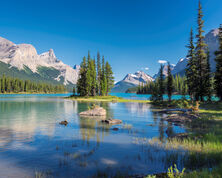

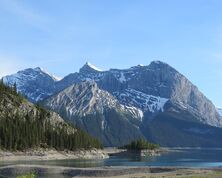
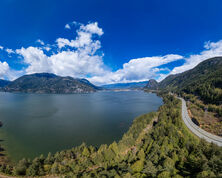

Got questions? Read our frequently asked questions.
Want to know more? Request a brochure using the form below or contact our team.
Peter Stannett
Content Writer
Peter is our content writer and SEO specialist, helping keep our content current and monitoring website traffic.
His content covers all four corners of the globe, across topics like activities, advice, food, culture and history.
More by Peter Stannett